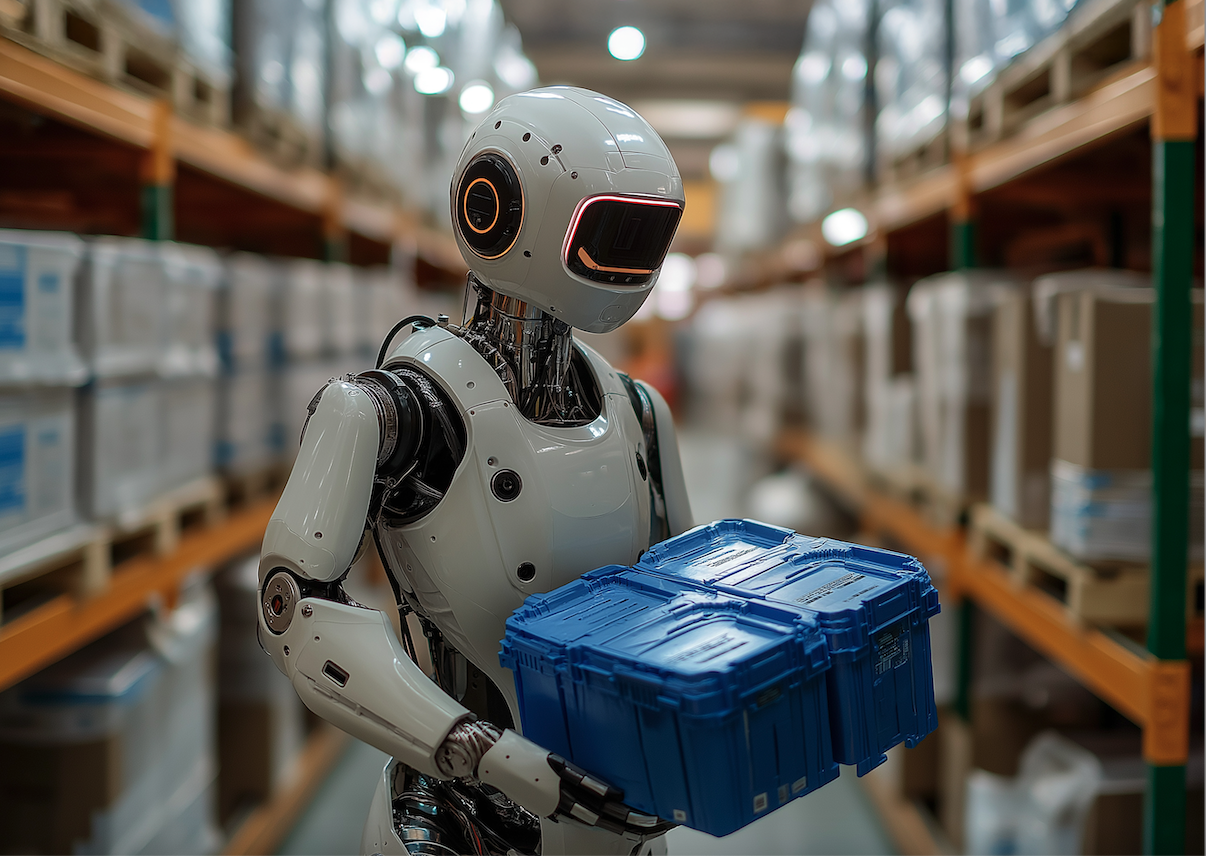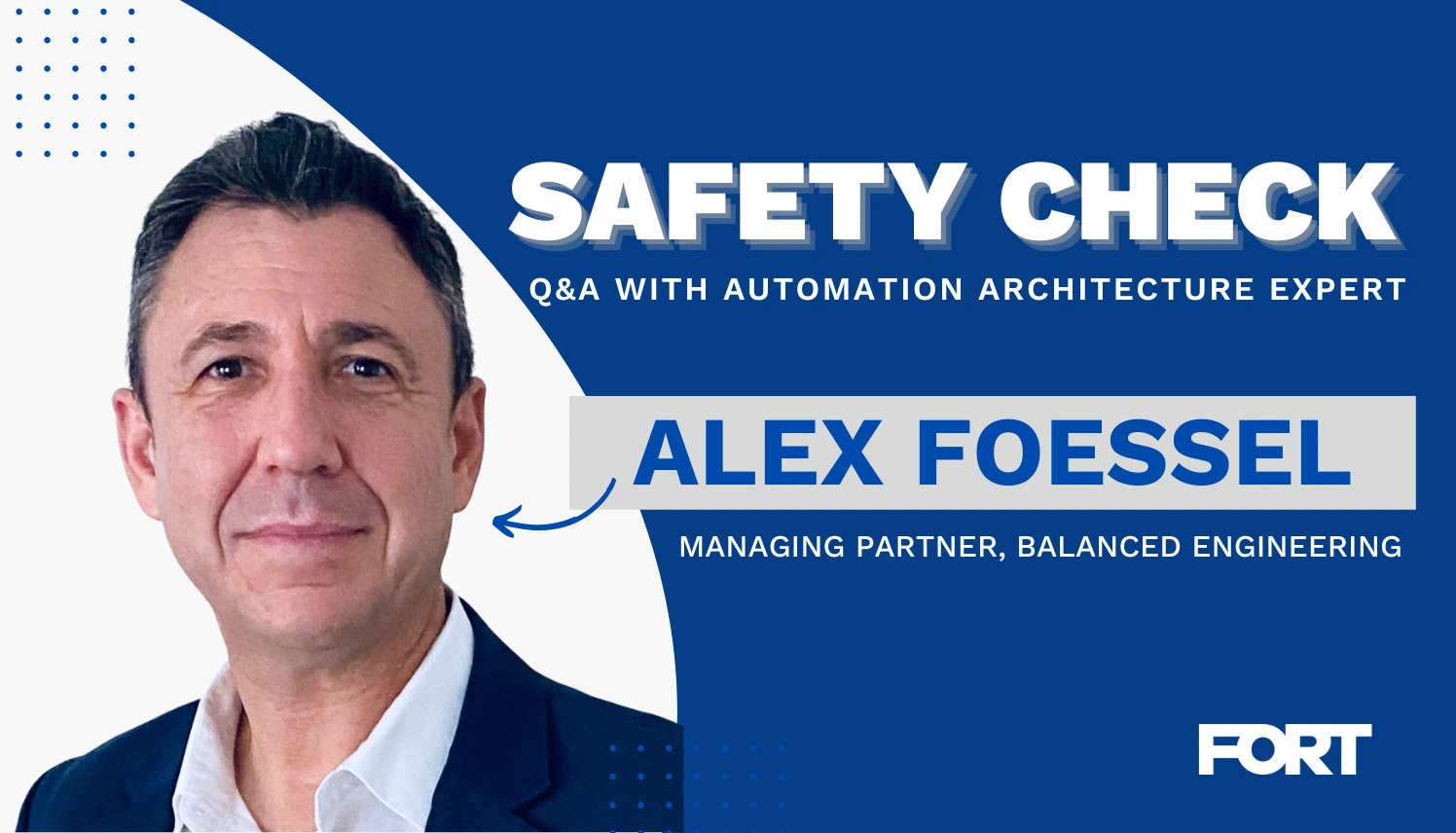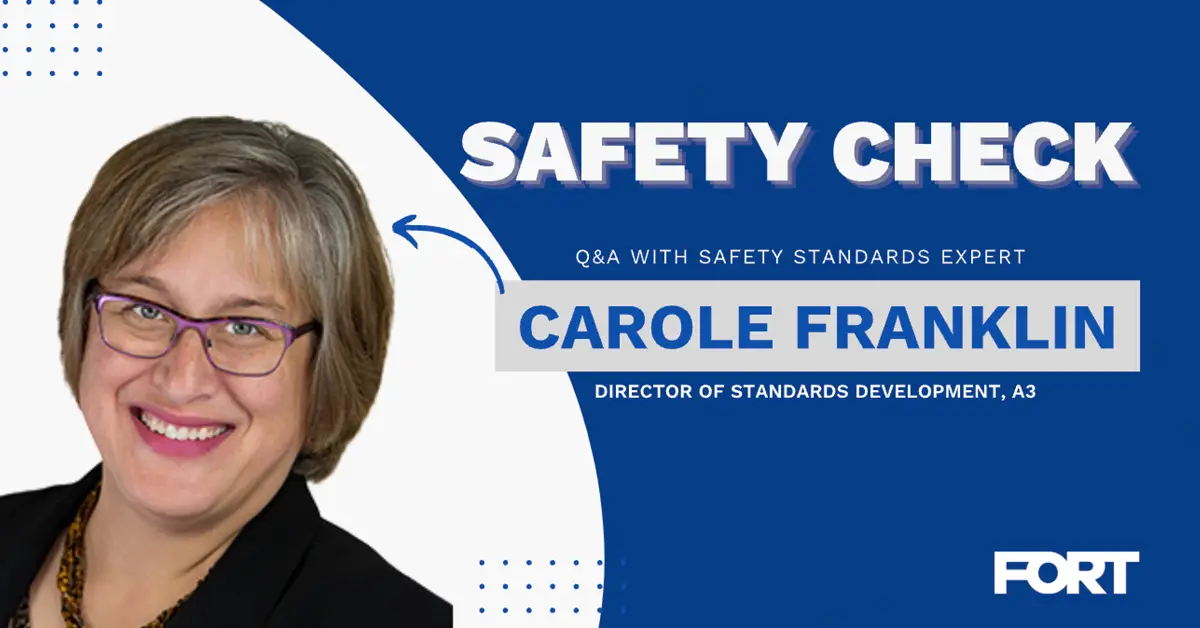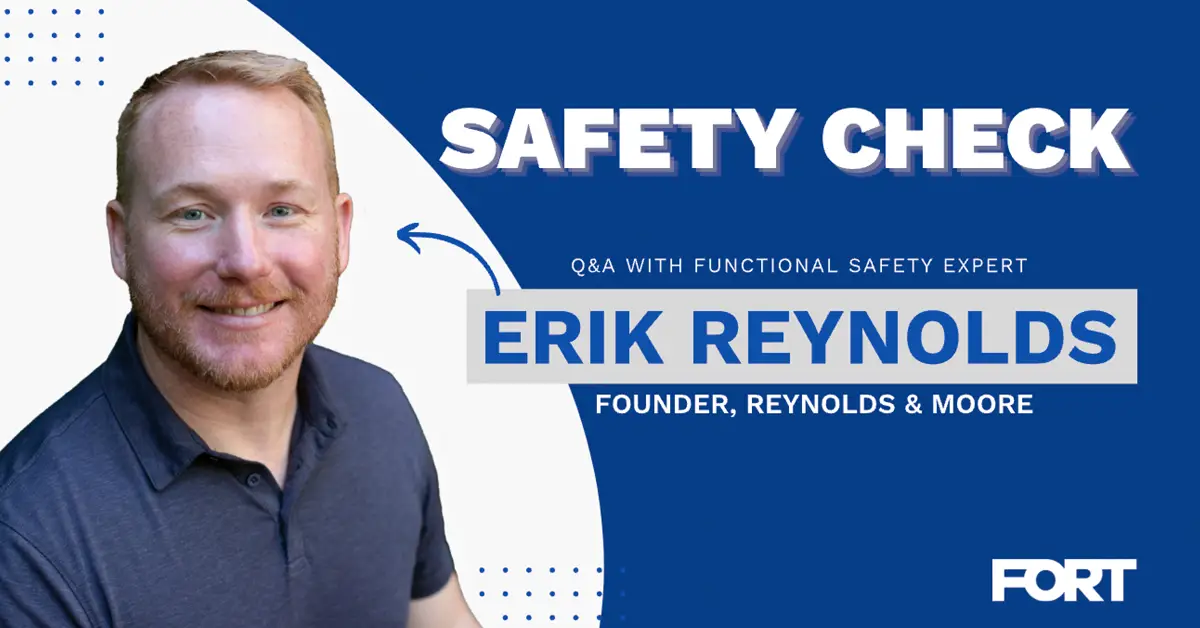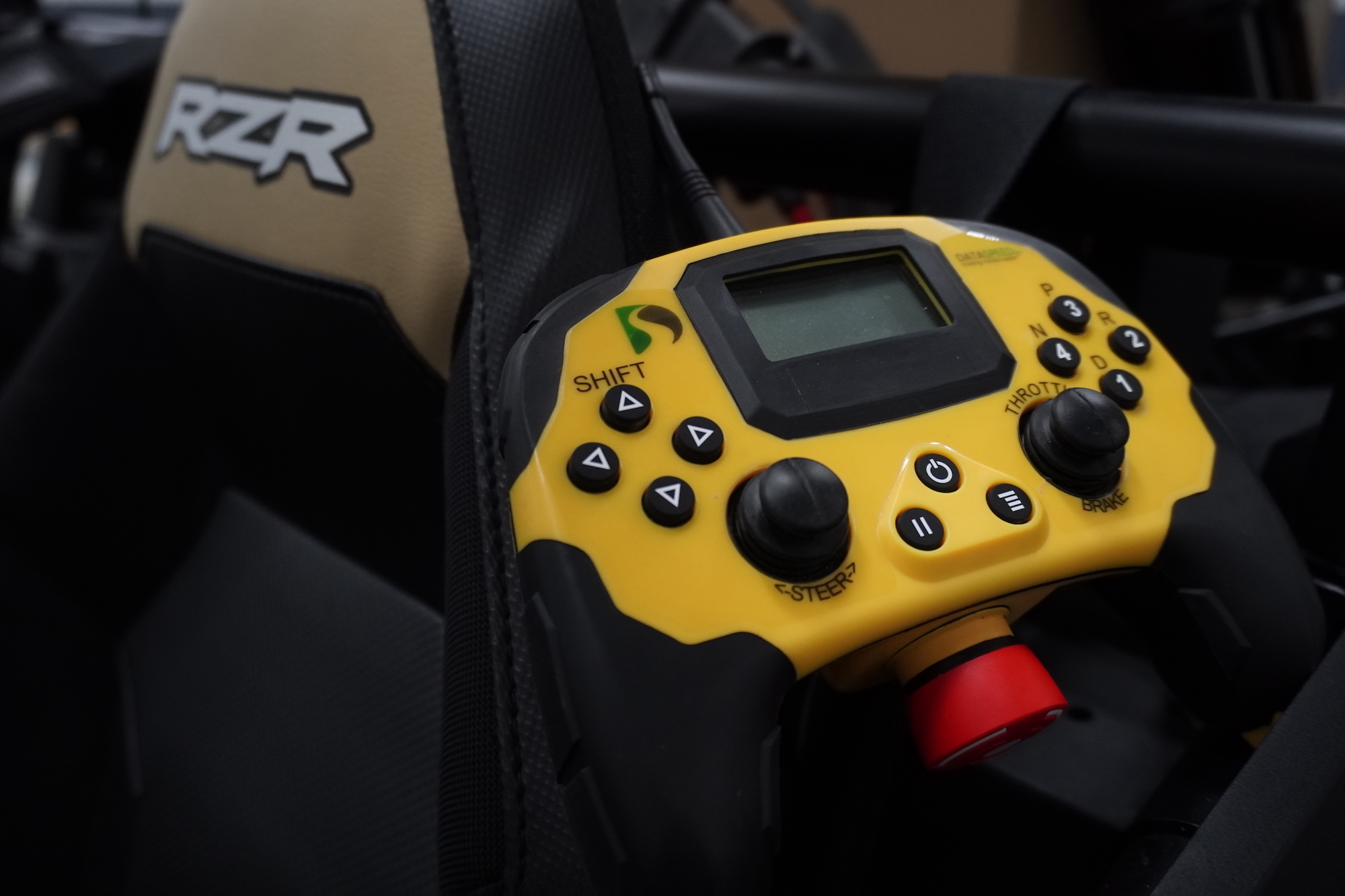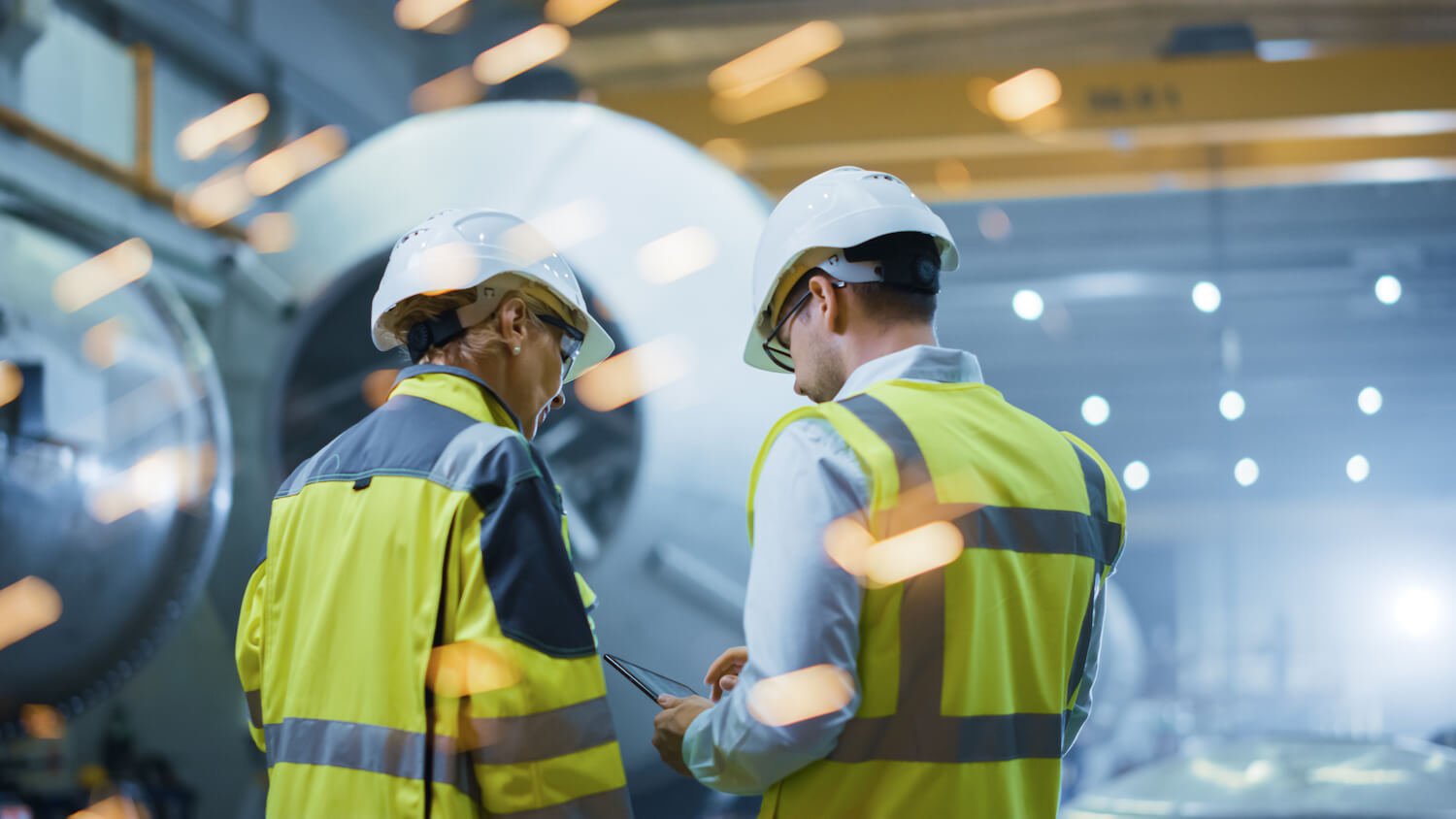Humanoid robots are advancing quickly, fueled by AI breakthroughs and major investment. The 2025 Humanoid Robot Forum presented by A3 brought industry leaders, developers, researchers, and investors to Seattle to explore some of the unique challenges and opportunities presented by these advanced robot systems. FORT was pleased to sponsor and attend the event; here are some of our key takeaways from the day’s sessions and conversations.

